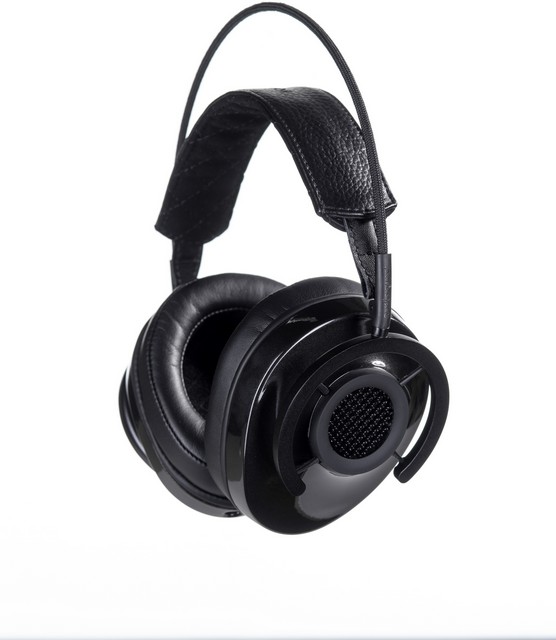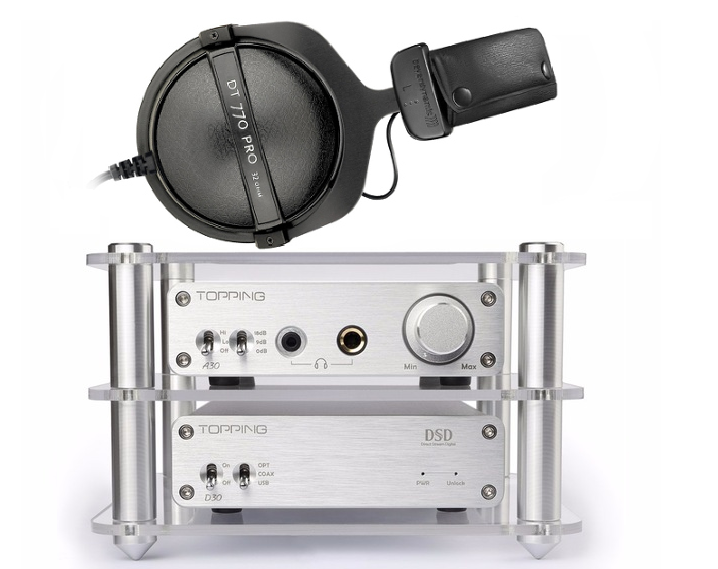
HiFi considerations for Gaming
Estimated reading time: 8 minutes
HiFi considerations for Gaming… two different formats that can come together quite nicely
Whether you are a console or PC gamer, competitive or casual gamer. A good gaming set up deserves good sound. With amplifiers that have all the bells and whistles, not all of them have features that are crucial for gaming. We will go over these features, types of audio systems you can build, and what gear we would recommend.

Key Features
First you need to figure out what connection outputs your gaming system supports. For most consoles, they have an optical audio output. For PCs, they will most likely have a USB output, or headphone jack. We recommend using the USB output. This is a digital signal meaning you are able to use a quality external DAC (digital to analog converter) that can be sent to a headphone or speaker HiFi setup.
If your console doesn’t have an optical output like the latest PS4 (non-pro version) you can get a HDMI audio extractor. This device is an HDMI to HDMI electronic that splits out an optical audio output, do you can use an external DAC, or amplifier.

If you are using the optical output of your console to a stereo amplifier, you may need to go into the settings and set the audio output to PCM (stereo signal) or you may not get any sound! If you are going into a surround AV receiver, set it to bit stream. So the AVR can decode the full surround soundtrack.
Headphones or Speaker System
You can go down 2 routes or have a system that allows for both. This means getting a stereo amplifier that has a headphone output. This is fairly common, but you should check it has a headphone output in case you want to use headphones in the future.
Headphone Setup
This can be the cheapest route as you can just get a simple headphone amplifier DAC and a pair of decent headphones. First start off with choosing the right pair of headphones for you requirements. If you are in an environment with ambient noise, you would go for a pair of closed back headphones, such as the Beyerdynamic DT770. 3 variations are available. Note that the differences are not just in impedance. 32 Ohm comes with PU leather ear cups and a short 1.6m straight cable. 80 Ohm comes with velour ear cups and a 3m straight cable. The 250 Ohm which are slightly harder to drive, have the same velour ear cups with a 3m coiled cable, used a lot in studios.

Open-back
If your environment is fairly quiet and noise-free you can go for open back headphones. This widens the sound stage which is great for gaming and discerning distant noises. Our top 3 picks for open back headphones are:
- Shure SRH1440 Professional Open Back Headphones
- Beyerdynamic DT 990 Edition 250 Ohm
- AudioQuest NightHawk Carbon Semi-Open Headphones



Building your Headphone system
First you want to start with choosing the right headphones, then you need to get the right headphone DAC. Out of your PC you would use a USB cable to send the digital signal to the DAC. For consoles you need to make sure your DAC has an optical input. If you get a DAC with all these connections you are sorted for the future. Check out our Topping headphone DACs for extremely good value components. Try out the Topping DX3 Pro, it has all the connections you may need plus high quality Bluetooth. Great for critical listening too. The Audioengine D1 is also a great starting option with an optical input. However it needs to be USB powered, so it has to be connect to a PC at all times.

If you are after a DAC that’s a step up, check out Cambridge Audio DACMagic+ it has an excellent up-scaling filter to make your music and games sound that much better. It has loads of digital connections and has balanced and unbalanced outputs can be sent to an amplifier.

We should mention this great combo of the Topping A30 / D30 and Beyerdynamic DT770. This is an award winning DAC with DSD capabilities, paired with its matched headphone amplifier this is a great head-fi system great for gaming and HiFi listening.

2 Channel System
With a bit more money to spare you can get a decent stereo amplifier, and desktop speakers. Mentioned earlier you just need to make sure the amplifier has all the connections for your systems.
The first amplifier that has all the connections and we would recommend is the Cambridge Audio CXA80. It has an excellent USB DAC, 2x optical digital inputs and many analogs. With 80 watts of clean class AB amplification, this can run an array of speakers. A solid audiophile quality stereo amplifier. It has a headphone output on the front so you can use your gaming headphones as well. Plus a subwoofer output is you want a punch of bass.

A more affordable all-in-one stereo amplifier is the Emotiva TA-100. Featuring a USB DAC, optical input and even a phono stage for turntables. With 50 watts of class AB, this amp is a no brainier someone wanting the build a small system around gaming.

Passive Speakers
For a gaming setup, you probably want small bookshelf speakers that can sit nicely on your desk. Passive speakers require an amplifier (something like the CXA80 or TA-100 above). The smallest bookshelf speaker we would recommend is the SVS Prime Satellites. They pack a punch with a powerful 1 inch aluminum tweeter. Pair it up with a SB-1000 combo and you have an awesome 2.1 set up.

Other recommendations for bookshelf speakers are:
- FYNE F300 5″ bookshelf speakers
- Klipsch Reference Premiere RP-500M Bookshelf Speakers if you have a lot of desk space
- Audioengine HDP6 Passive Speakers
- SVS Prime Satellites
All-in-one powered Speakers
This is a powered bookshelf speaker system that is plug and play. They need wall power and a connection to your gaming console or PC. You just need to consider what connections the speakers have, so that they work with your setup. Here are our recommendations:
- Audioengine HD6 Premium Powered Speakers
- SVS Prime Wireless Speaker System
- Audioengine A5+ Powered Bookshelf Speakers (Pair) – only has analog inputs

- Record Cleaning Machines and How to Use Them.
- The Ultimate Guide to Integrated Amplifiers
- The Projection Showdown – Laser vs. Bulb.
- The Resurgence of Tube Amplifiers: Why They’re More Popular Than Ever
- The Great Debate: Open-Back vs. Closed-Back Headphones
- The Importance of Acoustic Treatment in a Home Theatre Room
- Is An Outdoor Speaker System Worth It?
- In-Ceiling Speakers vs. In-Wall Speakers
- CD vs Streaming
Sources: audioengine, svs, cambridge audio, emotiva, topping, beyerdynamic, shure, audioquest
















